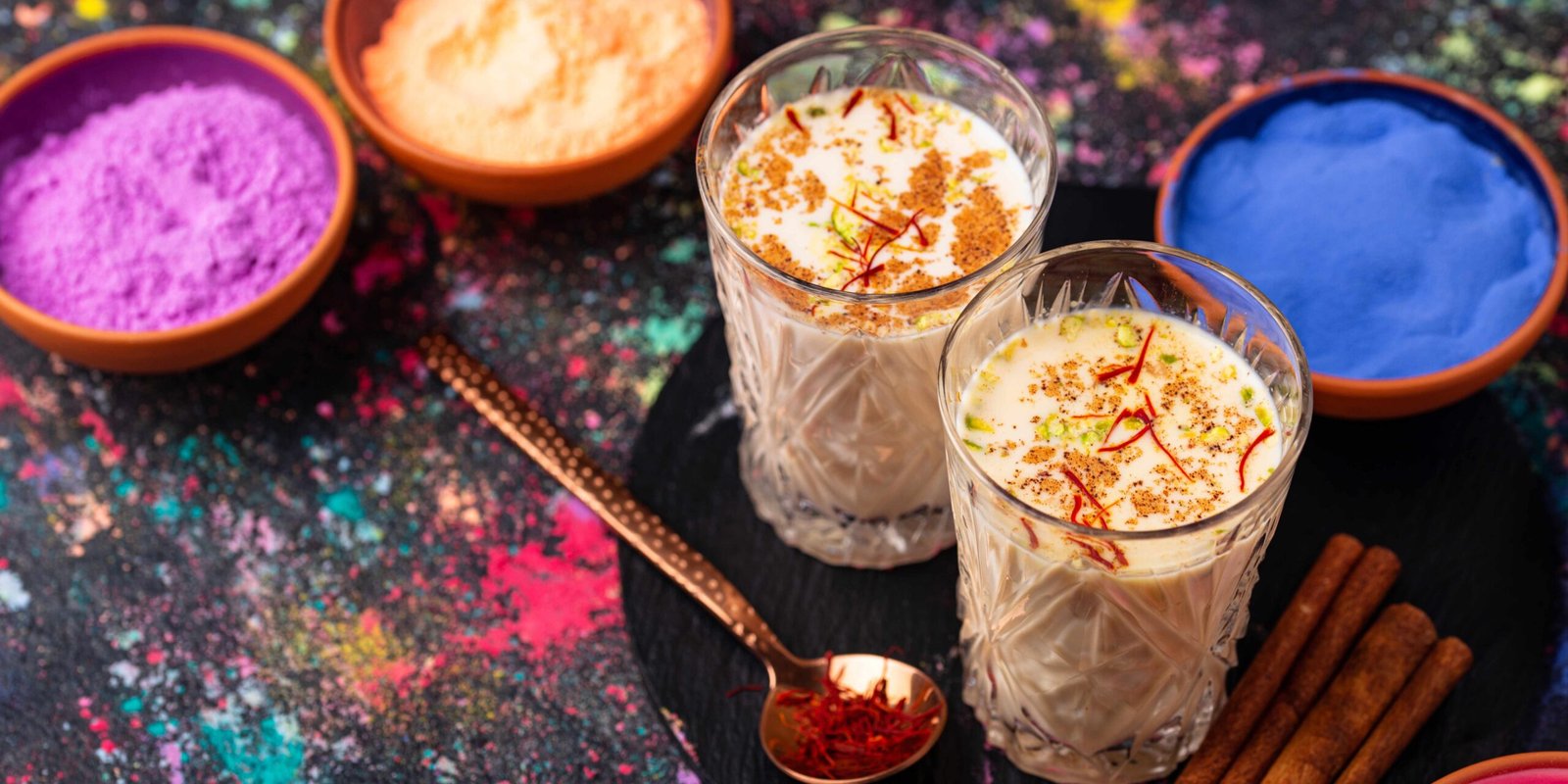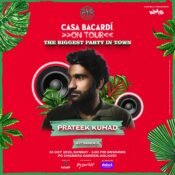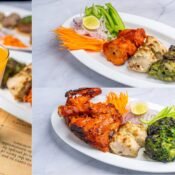
“Holi is Incomplete Without: Essential Elements That Complete the Festival”
Holi, the festival of colors, marks the onset of spring and is celebrated with immense joy and fervor across India and in various parts of the world. It’s a time when people come together, forgetting differences, to drench each other in vibrant hues, dance to the beats of traditional music, and indulge in delectable treats. But amidst the riot of colors and laughter, there are certain elements that truly make Holi complete – without them, the celebration seems lacking.
1. Gulal (Colored Powder): Gulal, or colored powder, is the heart and soul of Holi. From vibrant reds and blues to cheerful yellows and pinks, these powders add a burst of color to the festivities. Holi is incomplete without friends and family smearing each other’s faces with these colorful powders, creating a kaleidoscope of hues that symbolize the triumph of good over evil.
2. Water Balloons and Pichkaris (Water Guns): Water balloons and pichkaris are indispensable accessories for Holi celebrations. The joy of splashing water on friends and family knows no bounds during this festival. Whether it’s through playful water fights or gentle sprinkles, water adds an extra element of fun to the festivities, helping everyone cool off amidst the excitement.
3. Gujiya and Thandai: No festival in India is complete without indulging in delicious delicacies, and Holi is certainly no exception. Gujiya, a sweet dumpling filled with khoya and dry fruits, is synonymous with Holi. Additionally, no Holi celebration is complete without a glass of thandai, a refreshing drink made with a blend of milk, nuts, and spices, often laced with bhang (cannabis extract) for those seeking an extra kick.
4. Music and Dance: Holi is incomplete without the rhythmic beats of traditional music and the lively dances that accompany them. Whether it’s the traditional dhol or the latest Bollywood tunes, music sets the tone for the celebration, infusing everyone with energy and enthusiasm. From the graceful moves of classical dance forms like Garba to the exuberant steps of Bhangra, Holi is a time to let loose and dance like there’s no tomorrow.
5. Bonfire: The night before Holi, known as Holika Dahan, is marked by the lighting of bonfires to commemorate the victory of good over evil. Gathering around the bonfire, people sing and dance, tossing grains, popcorn, and coconut into the flames as offerings. The warmth of the fire and the camaraderie shared around it symbolize the triumph of light over darkness, making it an integral part of Holi celebrations.
6. Forgiveness and Reconciliation: Holi is not just about colors and festivities; it’s also a time for forgiveness and reconciliation. The tradition of ‘Bura na mano, Holi hai’ (Don’t mind, it’s Holi) encourages people to let go of past grievances and start afresh. It’s a time to mend broken relationships, bury the hatchet, and embrace each other with open arms, spreading love and harmony.
In essence, Holi is a celebration of life, love, and togetherness, and these elements truly make it complete. From the riot of colors to the joy of sharing laughter and sweets, Holi brings people closer and fills their hearts with warmth and happiness, making it one of the most cherished festivals in India and beyond.



